Sony Cyber-shot DSC-T70 Review
Sony Cyber-shot DSC-T70
2008: the year of the touch screen.
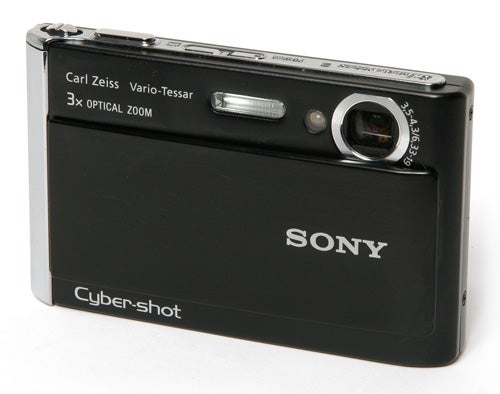
Verdict
Key Specifications
- Review Price: £180.00
I have to admit I’m lagging a bit behind in my mission to review every digital camera on the market, largely because out of the 26 models in Sony’s Cyber-shot range, last year I reviewed only four. Compare this with over a dozen reviews of Canon cameras, as well as twelve from Pentax, ten from Olympus, ten from Fujifilm, ten from Nikon and around fifty others, and you can see I have some catching up to do. This year I have resolved to pursue Sony relentlessly on your behalf, and review as many of its cameras as possible. I’ll start with this, the Sony Cyber-shot DSC-T70.
The T70 is an 8.1-megapixel compact that fits solidly into the “style camera” bracket. It is very small and slim, measuring just 90 x 56.4 x 20.7mm, and light too, weighing approximately 128g. The body is all metal, with a slide-down cover over the lens and flash which also doubles as a power switch. An obvious comparison is the Fujifilm Z100fd (£160) that I reviewed last week, but other models with similar social aspirations include the Casio EX-S880 (£140), the Olympus mju 830 (£180) and the new Nikon Coolpix S51c (£200). The T70 is currently priced at around £180, which puts it towards the upper end of its market, but it does offer a lot of gadget for your money.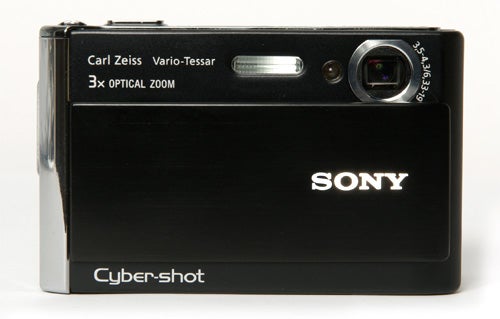
The overall design is very sleek and simple, thanks in part to the notable absence of any buttons on the back panel. Style cameras usually have some sort of clever gimmick, and for the T70 it is the large 3-inch, 230k widescreen touch-sensitive monitor which doubles as the camera’s main control panel. Judging by the iPhone’s apparent status as style icon of the age, I expect we’ll be seeing a lot more of this sort of thing, which is unfortunate because although I’ve seen a number of touch-screen cameras over the years, none of them have ever convinced me it’s a good idea. The T70’s screen is big and sharp, and the touch sensing part is certainly sensitive enough, but the icons on it are very small, most of them around 5mm high, and I found them to be too fiddly to easily operate with a fingertip. Admittedly I do have hands more suited to blacksmithing than photography, but you’d need fingertips shaped like pencils to be able to operate the T70’s touch screen with any ease.
Fortunately the T70 has a couple of other features which are more useful, or at least potentially so, including Super SteadyShot image stabilisation. As with the Cyber-shot W80 I reviewed a couple of weeks ago, I have been unable to get any clarification from Sony as to exactly what this means. As a keen-eyed reader has pointed out, at least one foreign Sony website states that it is a moving-sensor system, as found in some of Sony’s larger cameras under the same brand name, and the Fuji Z100fd showed that it is at least possible to have CCD-shift IS systems in a camera of this size and price bracket, but I will repeat that as far as I am aware the IS system in the T70 is actually electronic. However it operates, it works very well, producing sharp hand-held shots at some exceedingly low shutter speeds, as slow as ¼ of a second at wide angle and 1/20th of a second at the telephoto end.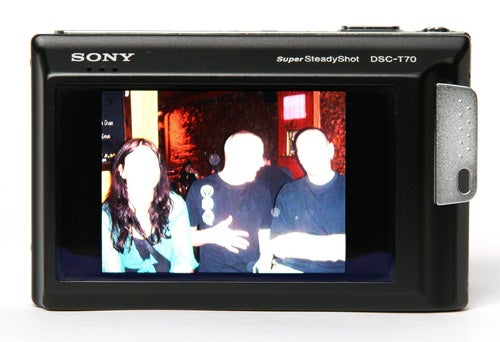
Another interesting feature is something that Sony calls a “Smile shutter”. This special scene mode is an extension of the portrait face detection system, in which the camera detects not only the presence of a human face in the frame, but also that face’s expression. The theory is that you frame the scene, press the shutter button, shout “Say cheese!”, and when the expressions on the detected faces changes to that of a smile, the camera takes the picture automatically. In practice I found that even in a well-lit room it barely worked. I tried it out with several friends and a self-portrait, but the only smile that would get the camera to take a picture was a grimace so extreme I dare not publish it for fear of being hunted down by Batman.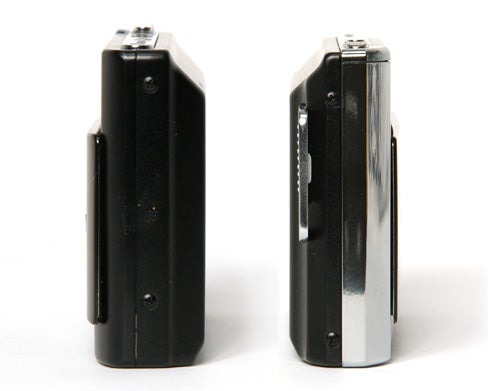
The face detection system has one unusual feature of its own. A detected face, as shown on the screen by a surrounding white box, can be selected via the touch screen. The camera will then track that particular face and use it as the primary target for metering and focusing. Kind of useful I guess, but not exactly the sort of thing that’s going to make your life easier on a daily basis. Another more useful function involving the touch screen is the ability to select the focus point by tapping the screen, which could be very handy especially for close-ups.
Other than these unusual features, the T70 is strictly point-and-shoot. The menu options include three basic shooting modes; either full auto, in which only image size, flash mode, self timer, or macro focusing can be selected; a program auto mode which includes adjustment options for metering mode, ISO, white balance, exposure compensation and flash level; and scene mode, with ten scene programs including a high-ISO mode and the usual selection of landscape, sports, night portrait, beach scenes, snow scenes and fireworks. The movie mode is the now standard 640 x 480 at 30fps with mono sound, which is perhaps a little odd considering the wide-screen monitor and the fact that the T70 can be connected to a HD TV via an optional docking cradle and composite video cable cable.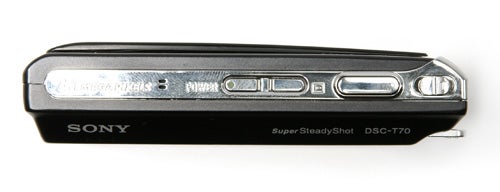
The T70’s general performance is very good. The autofocus system is excellent, focusing quickly and accurately in all light conditions, with the best low-light and no-light performance I’ve seen in a while. The camera starts up in well under two seconds, and in single-shot mode it has a shot-to-shot cycle time of approximately 1.6 seconds, which is very respectable. In continuous shooting mode it is even more impressive, shooting at two frames per second until the card is full or the battery runs out. Unfortunately it is likely to be the latter, because the T70 suffers from exactly the same problem as the Fuji Z100fd; it has a lot of complex electronics drawing power from a very small battery, in this case a relatively puny 660mAh Li-ion rechargeable. Bearing in mind that my review camera was not new, and the battery had already been through at least a couple of charge cycles, it started flashing the ‘battery nearly empty’ warning after about 120 shots, and fizzled completely after 130. By recent standards this is extremely poor battery duration, especially considering that Sony claims 270 shots per charge.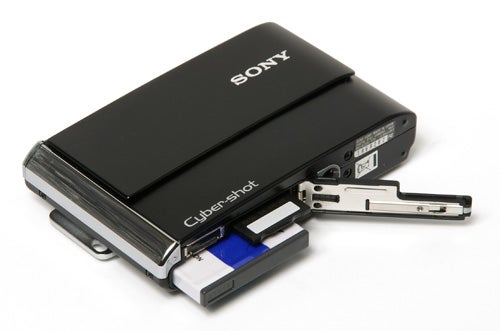
Overall picture quality is also not without its problems. The lens bears the brand name of the venerated Carl Zeiss Vario-Tessar, but I’m afraid it does nothing to earn that accolade. At the wide-angle end it produces a large and uneven degree of barrel distortion, more towards the right of the image. Although the centre of the frame is reasonably sharp and well detailed, it is very soft in the corners, especially the top left corner. At the telephoto end of the zoom there was very noticeable pincushion distortion. Colour reproduction and exposure control are both generally good, but surprisingly for a social snapshot camera like this I found the flash produced extremely bad red-eye, with no option to correct it in the camera. Noise control is about average for a camera in this class, with little visible noise up to 200 ISO, but then the image quality drops off dramatically at 400 ISO, and as usual the 3200 ISO maximum setting is included just because big numbers sell more cameras. Pictures at this setting are utterly hopeless.
”’Verdict”’
The Sony Cyber-shot DSC-T70 is is a fairly nice little snapshot camera with some interesting talking-point high-tech features, but these are mainly gimmicks and of limited use. Its best selling points are really its excellent low light focusing ability, good image stabilisation and fast performance. Build quality is excellent, and although it is expensive compared to some rivals, it has a feel of real quality to it. Unfortunately it is let down by poor battery duration, an extremely fiddly touch-screen interface and indifferent picture quality.
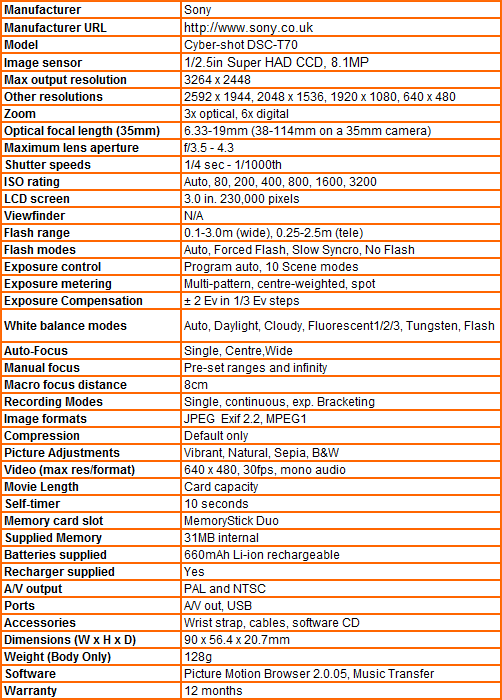
”A range of test shots are shown over the next few pages. Here, the full size images at the minimum and maximum ISO settings have been reduced for bandwidth purposes to let you see the full image, and a series of crops taken from original full resolution images at a range of ISO settings have been included in order for you to gain an appreciation of the overall quality.”
—-
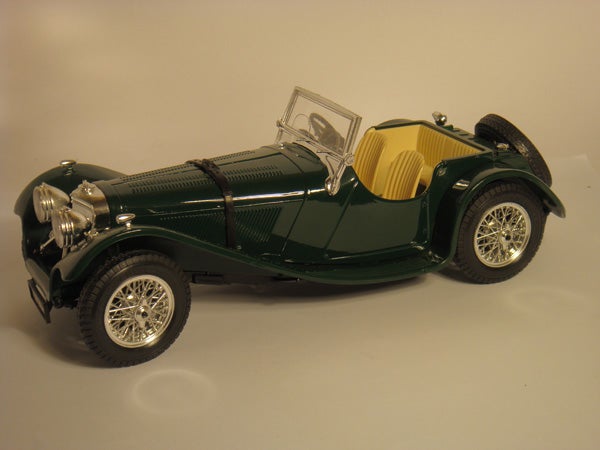
This is the full frame at 80 ISO.
—-
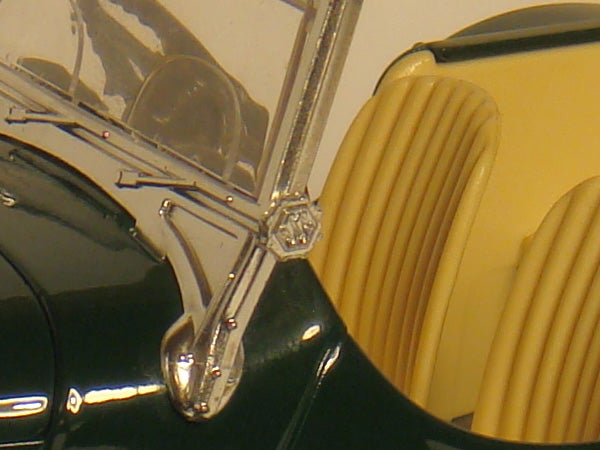
At 80 ISO the image is clean and sharp, with good colour and no visible noise.
—-
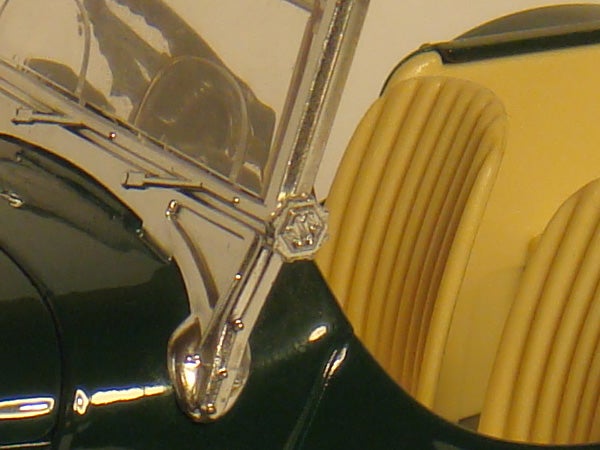
Much the same result at 100 ISO.
—-
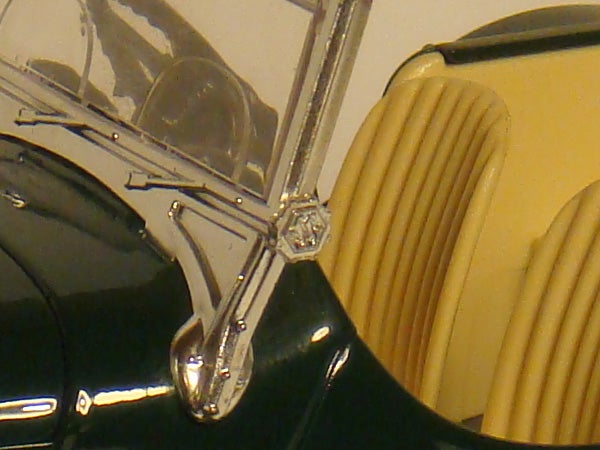
There is a bit of colour noise at 200 ISO, but the overall image quality is still pretty good.
—-
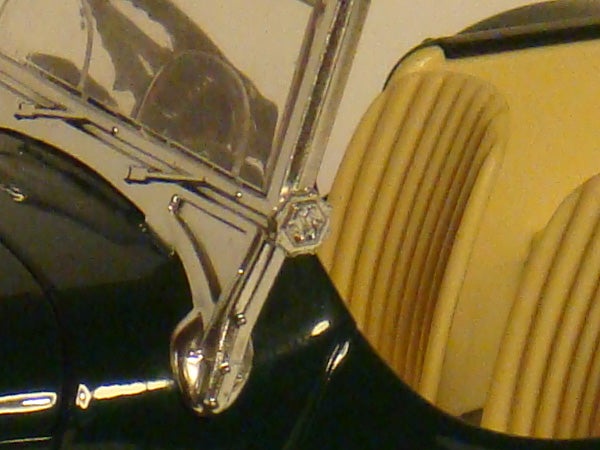
Noise is sterting to become a problem at 400 ISO, with the noise reduction blurring out fine detail.
—-
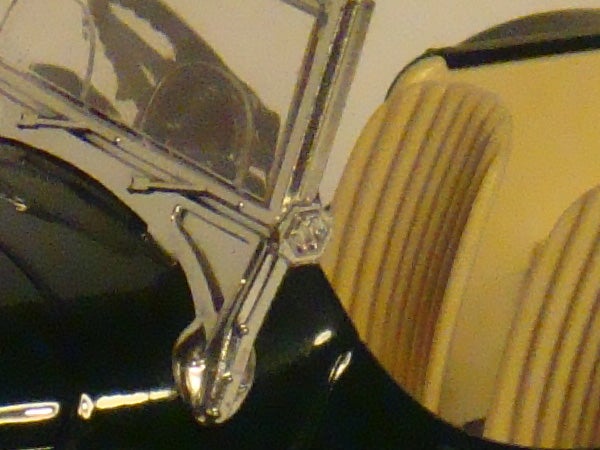
At 800 ISO the image noise and noise reduction effects are much more noticeable.
—-
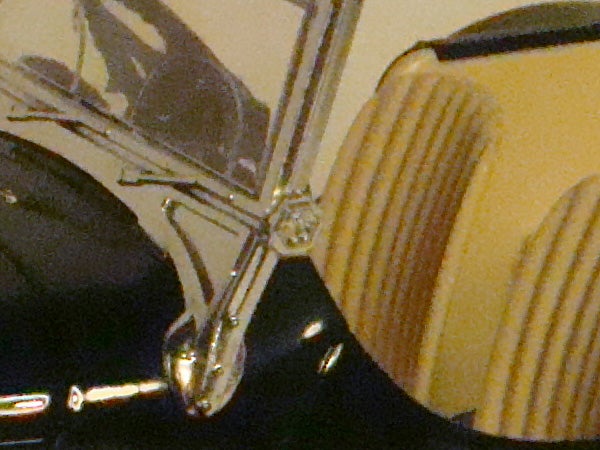
Image quality is very poor at 1600 ISO, with widespread noise and little fine detail.
—-
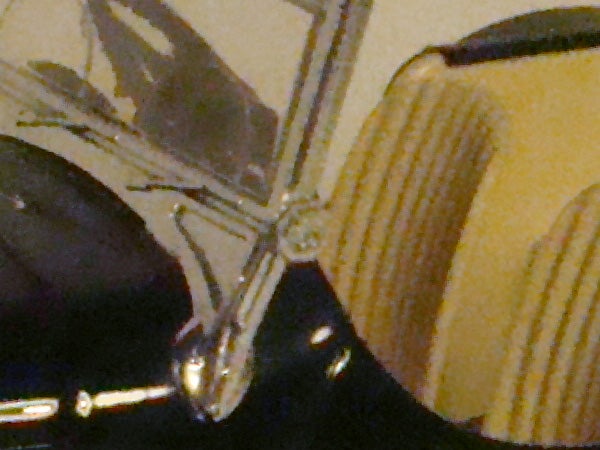
As is usually the case, 3200 ISO is virtually useless.
—-
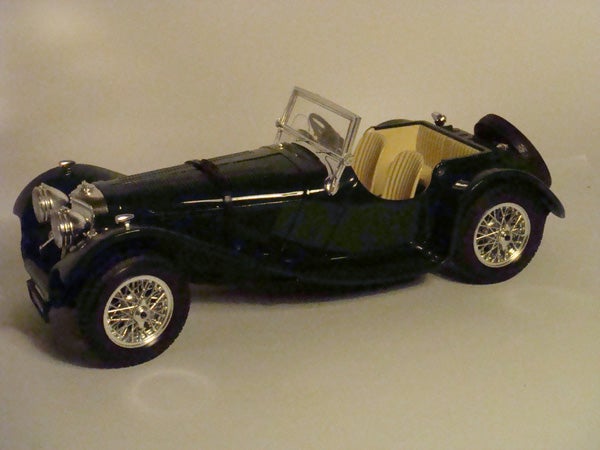
This is the full-frame at 3200 ISO.
—-
”A range of general test shots are shown over the next two pages. In some cases, the full size image has been reduced for bandwidth purposes, and a crop taken from the original full resolution image has been placed below it to show the overall image quality. Some other pictures may be clicked to view the original full-size image.”
—-

Here’s the usual detail test shot of the West Window of Exeter Cathedral, for you to compare with other cameras. See below for a full res crop, or click to see the whole picture.
—-
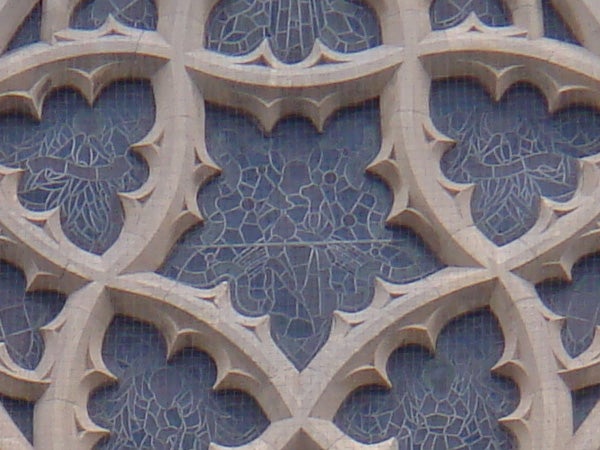
The level of fine detail near the centre of the frame is very good for an 8MP camera.
—-
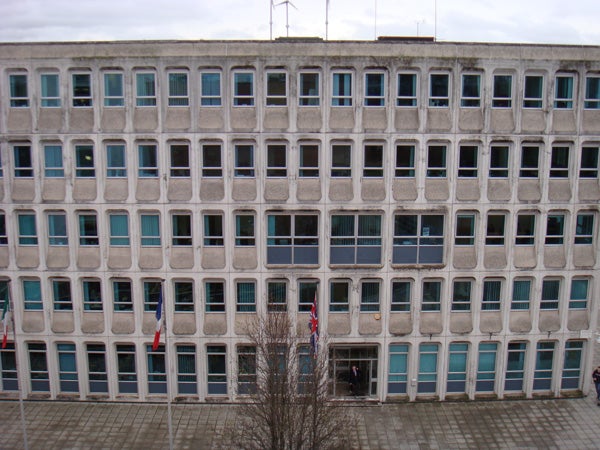
The lens produces significant barrel distortion at the wide angle setting which appears to be worse towards the right of the frame, and the upper left corner is quite blurred.
—-
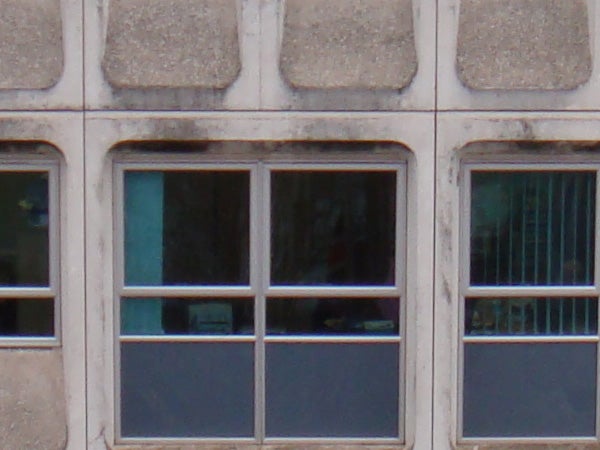
The centre of the frame is quite sharp, although there is some colour noise visible in the mid-tones.
—-
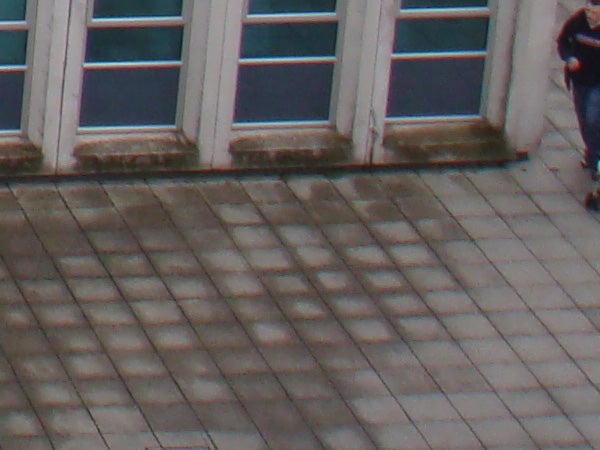
Apart from the upper left, corner sharpness isn’t too bad.
—-
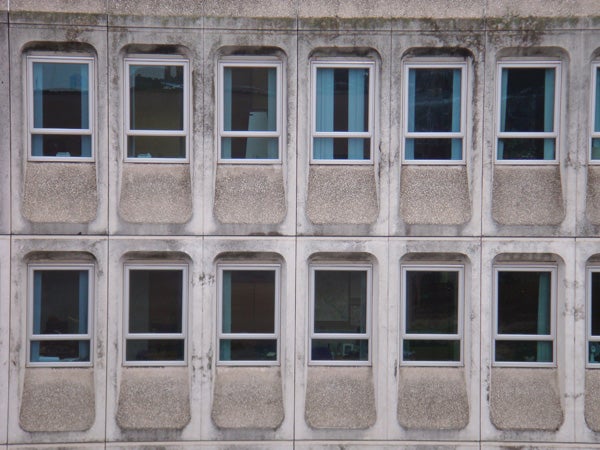
There is significant pincushion distortion at the telephoto end, bending these lines in towards the centre.
—-
”Here are some general test shots to help evaluate the camera’s overall image quality, including the zoom range of the lens. Some pictures may be clicked to download the full size original image.”
—-
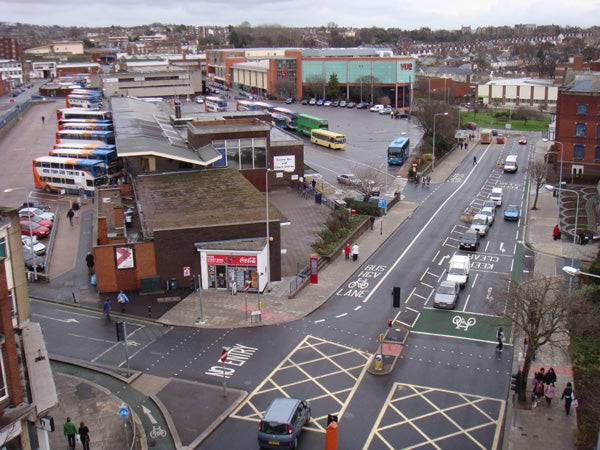
The wide angle end of the zoom is equivalent to 38mm, not really very wide at all.
—-
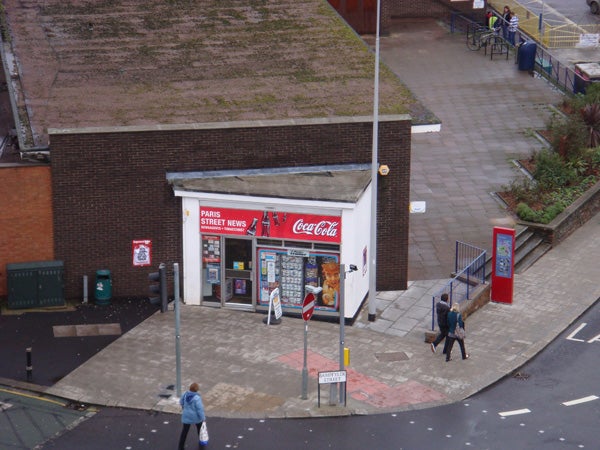
The telephoto end is equivalent to 114mm.
—-

The flash is well exposed, but produces quite bad red-eye.
—-
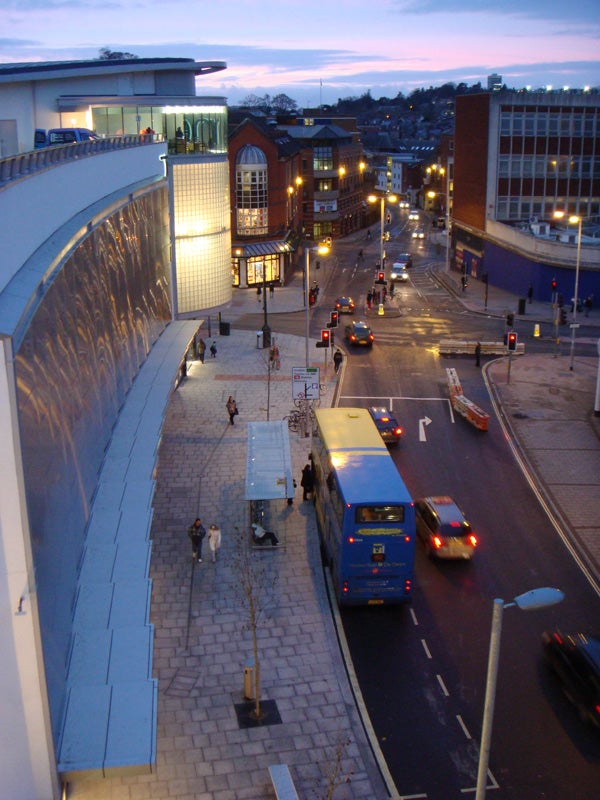
Colour reproduction is very good.
—-
Trusted Score
Score in detail
-
Value 7
-
Image Quality 6
Features
| Camera type | Digital Compact |
| Megapixels (Megapixel) | 8.1 Megapixel |
| Optical Zoom (Times) | 3x |
| Image Sensor | CCD |
| Image Stabilisation | Optical |
| LCD Monitor | 3 in |
| Flash modes | Auto Flash, Red-eye Reduction |
| Video (max res/format) | 640 x 480 |
| Memory card slot | Memory Stick Duo, Memory Stick PRO Duo |

